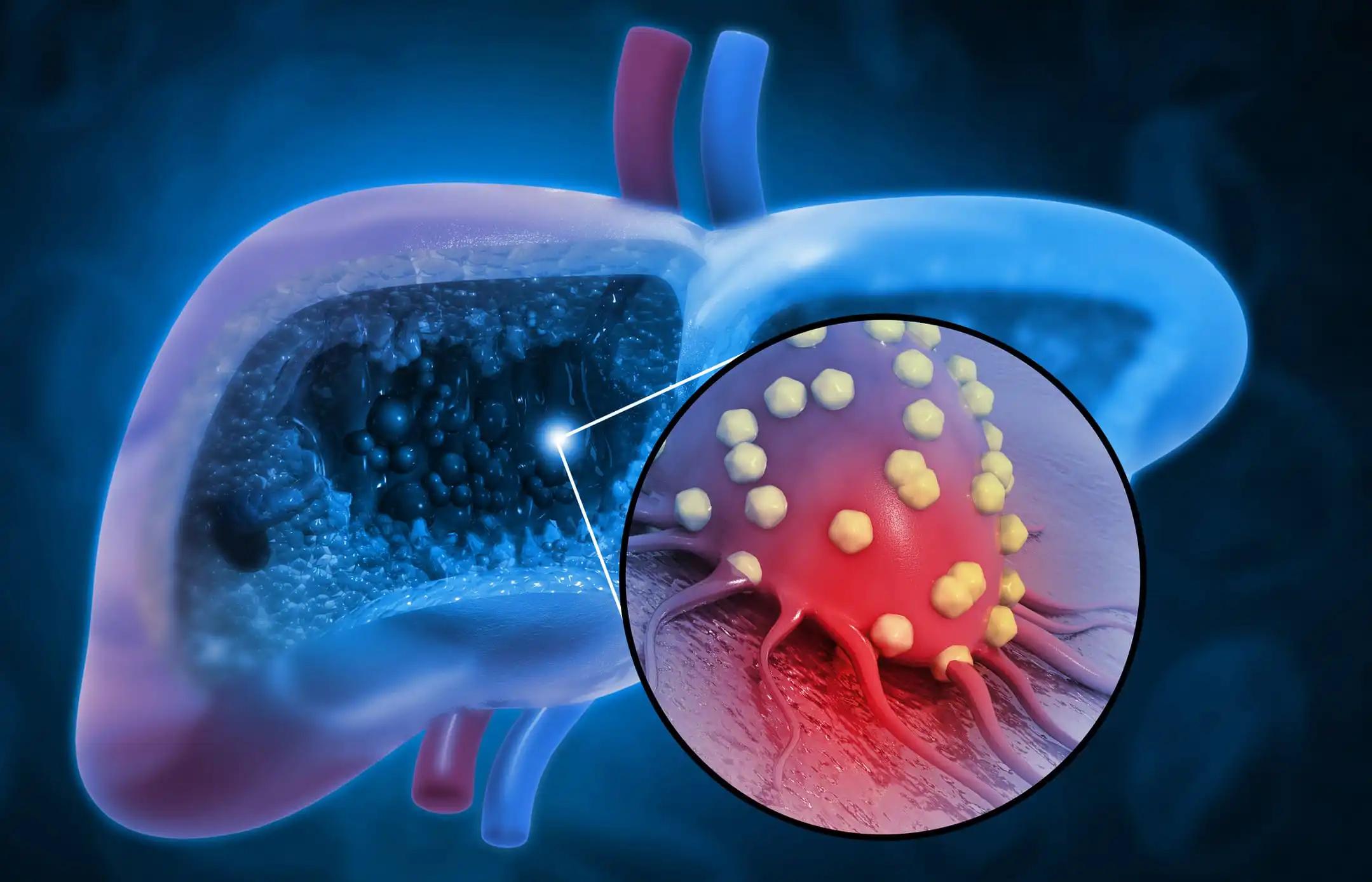Key Points:
- This research was carried out as part of phase I/II Study 22 (NCT02519348) and phase III HIMALAYA study (NCT03298451).
- The current study assessed the pharmacokinetics, exposure-response, and exposure-pharmacodynamic correlations of tremelimumab in unresectable hepatocellular carcinoma patients (uHCC).
- The pharmacokinetics of tremelimumab in uHCC conformed to hypotheses; no significant variables were detected.
- The association between tremelimumab exposure and adverse events, objective response rate, or progression-free survival was not statistically significant.
The phase I/II Study 22 (NCT02519348) and the phase III HIMALAYA study found a favorable benefit-risk profile for a unique single-dose regimen of 300 mg tremelimumab in conjunction with durvalumab (Single Tremelimumab Regular Interval Durvalumab [STRIDE]) (NCT03298451). Patients with unresectable hepatocellular carcinoma (uHCC) were analyzed to determine the pharmacokinetics, exposure-response, and exposure-pharmacodynamics correlations with tremelimumab.
The results of Study 22, Parts 2 and 3 were used to verify an existing population pharmacokinetic model for tremelimumab. Tremelimumab’s exposure and its effect on efficacy and safety were the subjects of exposure-response analysis. The correlations between pharmacokinetics and pharmacodynamics were analyzed using linear and non-linear regression models.
Without identifying any relevant confounders, the pharmacokinetics of tremelimumab in uHCC were shown to be in line with predictions. There was no statistically significant correlation between time on tremelimumab and any adverse events, objective response rate, or progression-free survival. There was a statistically significant difference in overall survival (OS) between patients whose tremelimumab exposure was ≥ median (Cmin1) vs. those whose exposure was < median (Cmin1) (18.99 vs. 10.97 months). However, this exposure-survival analysis may have been confounded by baseline characteristics such as albumin level and neutrophil to lymphocyte ratio (P = 0.0004 and 0.0001, respectively).
The calculated concentration of tremelimumab inducing half-maximal increases (EC50 = 5.24 μg/mL) in CD8+Ki67+ T-cell counts was higher than the projected Cmin1 of tremelimumab in the STRIDE regimen (12.9 μg/mL). Combined, these data strengthen the therapeutic efficacy of the STRIDE regimen in patients with uHCC and provide fresh insights into the pharmacokinetics and exposure-response linkages of tremelimumab in HCC.
Clinical Trial: https://clinicaltrials.gov/ct2/show/NCT02519348
Song X, Kelley R, Khan A, Standifer N, Zhou D, Lim K, Krishna R, Liu L, Wang K, McCoon P, Negro A, He P, Gibbs M, Kurland J, Abou-Alfa G. Exposure-Response Analyses of Tremelimumab Monotherapy or in Combination with Durvalumab in Patients with Unresectable Hepatocellular Carcinoma. Clin Cancer Res. 2023 Jan 7:CCR-22-1983. doi: 10.1158/1078-0432.CCR-22-1983. Epub ahead of print. PMID: 36477555.



